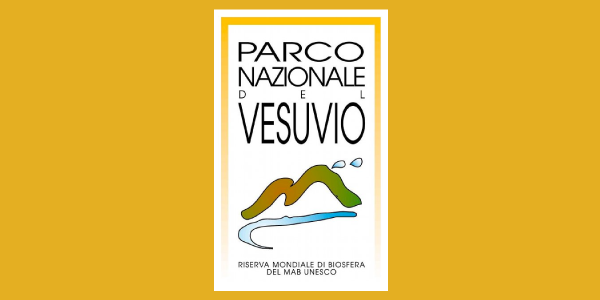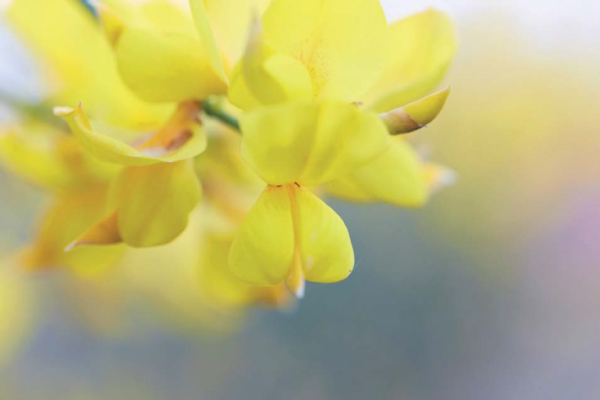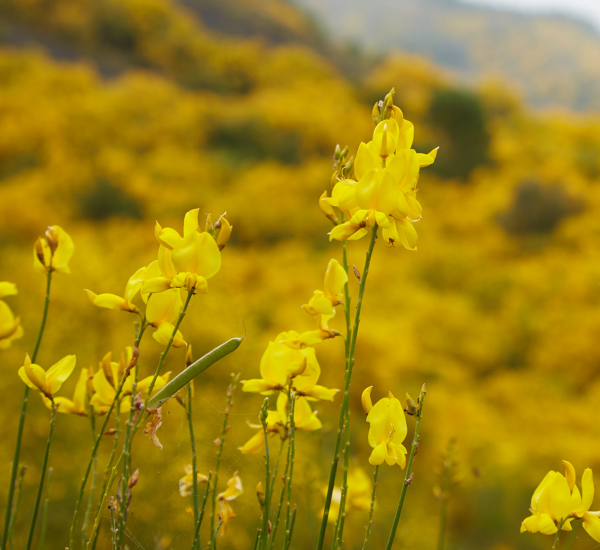Brooms are typical of many plant associations of the Maquis shrubland; they abound in large areas of the park in the Vesuvius area and the intense yellow of their bloom is the dominant colour of the Vesuvius landscapes in spring.
They’re species that belong to the legume family, many of which are able to colonize even difficult environments. For this reason, they play an important role in the volcanic colonization, as also emerges in the research “Influence of the increase in temperature on the vegetal cenosis that are pioneers of the Vesuvius” funded by the Ministry for Environment, Land and Sea Protection through the “Biodiversity Directive”.
In the park, the most representative species are the Spanish broom, the Scotch broom and the Etna broom.
© Carlo Falanga
The Spanish broom (Spartium junceum) is a shrub that prefers garrigue in sunny stations; it blooms from May to July with large, bright yellow and very fragrant flowers. The branches contain a very stringy fabric from which a high-quality textile is extracted. The Carthaginians used it to weave the sails for ships.
The Scotch Broom (Citisus scoparius) appears as a small and medium-sized bush, rich in branches and buds; it prefers warm environments and blooms from August to October with hermaphroditic flowers of an intense yellow.
The branches, which are not very flammable, were used to make brooms and cover the highest part of the coal cellar, so that the piles of wood burned slowly and turned into coal.
The Etna broom (Genista aetnensis) owes its name to its area of origin: it’s an endemic plant of Sicily and grows in particular on the Mount Etna up to over 2,000 metres. It was introduced on the Vesuvius from 1906 to consolidate its bare and sunny slopes and to facilitate plant re-colonization.


